
Gas prices continue to dominate conversations, affecting everything from family budgets to business operations. Yet Americans quickly notice a consistent pattern: residents of blue states pay significantly more at the pump than those in red states.
Understanding why this happens isn’t just about economics—it’s about policy, governance, and energy priorities. Conservative-led states have implemented strategies that keep prices lower, protect consumers, and promote energy independence, while liberal-led states often impose policies that drive costs higher.
Panaprium is independent and reader supported. If you buy something through our link, we may earn a commission. If you can, please support us on a monthly basis. It takes less than a minute to set up, and you will be making a big impact every single month. Thank you!
The Gas Price Divide
The difference in gas prices between red and blue states can often be stark. According to recent data:
-
California and New York regularly report prices 20–40% higher than the national average.
-
Texas, Florida, and Oklahoma consistently maintain prices below the national average.
These differences aren’t random—they reflect deliberate state-level policy decisions, tax structures, and energy strategies.
The Role of Taxes
State taxes are one of the largest factors driving gas prices.
High Taxes in Blue States
Blue states often impose:
-
High fuel taxes: States like California levy some of the highest gas taxes in the nation, adding over $1 per gallon in some areas.
-
Environmental fees: Green energy surcharges and carbon taxes further inflate costs.
The result is simple: consumers pay more directly at the pump, and businesses face higher transportation costs, which trickle down into goods and services.
Low Taxes in Red States
Red states tend to:
-
Keep fuel taxes low, often below the national average.
-
Avoid unnecessary environmental surcharges that drive up costs.
This allows drivers in states like Texas and Florida to enjoy more affordable gas, leaving families with extra income for other expenses.
Energy Policies and Regulation
Beyond taxes, energy policies play a critical role in gas prices.
Restrictive Regulations in Blue States
Blue states often impose strict regulations on:
-
Oil and natural gas production
-
Pipeline development and maintenance
-
Refinery operations
While these regulations are often intended to reduce environmental impact, they limit supply, increase costs for producers, and raise prices for consumers.
Pro-Business Energy Policies in Red States
Red states encourage:
-
Robust local oil and gas production
-
Pipeline development to reduce transportation costs
-
Refinery expansion and modernization
By keeping production high and costs low, red states shield residents from price spikes and volatility in global energy markets.
Geographic and Infrastructure Advantages
Red states often benefit from strategic geography and energy infrastructure:
-
Proximity to oil fields and refineries reduces transportation costs.
-
Pipeline networks and storage facilities ensure consistent supply.
-
Export-friendly policies create competition that stabilizes local prices.
Blue states, on the other hand, often rely on imported fuels, restricted pipeline access, and limited refinery capacity, which increases costs and vulnerability to global market fluctuations.
Federal Influence vs. State Control
Federal energy policies often intersect with state policies—but red states frequently push back against federal mandates that increase prices.
-
Conservative governors resist unnecessary federal restrictions, maintaining local control over production and distribution.
-
Blue states generally comply with federal environmental mandates, even when they significantly increase costs for consumers.
This dynamic explains why residents in conservative-led states pay less for gas without sacrificing energy reliability.
Economic and Political Consequences
High gas prices have wide-ranging effects:
In Blue States
-
Families spend more on commuting and heating, reducing disposable income.
-
Businesses face higher operating costs, which can lead to layoffs or price increases.
-
Political frustration grows as voters see policies directly affecting their wallets.
In Red States
-
Lower fuel costs provide financial relief for households and businesses.
-
Economic growth is supported as transportation and logistics remain affordable.
-
Political confidence in state leadership increases, reinforcing support for conservative policies.
Case Studies: Comparing State Approaches
California vs. Texas
-
California: High fuel taxes, strict emissions standards, and limited refinery capacity drive gas prices consistently above $5 per gallon.
-
Texas: Low taxes, abundant oil and gas production, and pro-business energy policies keep prices near $3 per gallon, even during national spikes.
New York vs. Florida
-
New York: Heavy state taxes and pipeline restrictions contribute to higher energy costs for residents and businesses.
-
Florida: No state income tax and pro-energy policies help maintain lower gas prices while supporting economic growth.
These comparisons illustrate how policy choices—not geography alone—determine what Americans pay at the pump.
The Hidden Benefits of Lower Gas Prices
Low gas prices in red states provide more than just immediate savings. They contribute to:
-
Increased disposable income for families.
-
Lower transportation costs for businesses, helping maintain competitive pricing.
-
Economic resilience during national or global crises.
-
Greater energy independence, reducing vulnerability to international market fluctuations.
In short, affordable energy strengthens both households and the broader economy.
How Conservatives Are Protecting Consumers
Red-state leaders implement strategies that keep energy costs manageable:
-
Opposing excessive taxation that directly inflates gas prices.
-
Encouraging energy production to maintain supply and reduce reliance on imports.
-
Investing in infrastructure like pipelines, refineries, and storage facilities.
-
Resisting federal overreach that restricts local energy markets.
-
Promoting competitive markets to drive efficiency and keep prices low.
By focusing on practical, market-based solutions, conservatives ensure that energy policies work for families rather than against them.
Why Gas Prices Affect More Than Cars
Gas prices aren’t just about driving—they influence:
-
Food and grocery costs (transportation expenses are passed to consumers)
-
Heating and electricity bills (especially in areas relying on fossil fuels)
-
Business operations (delivery services, manufacturing, and logistics)
When red states maintain lower fuel costs, the economic benefits ripple throughout households, businesses, and local communities, enhancing quality of life and economic stability.
Lessons for Policymakers
The gas price divide offers critical lessons for conservative policymakers:
-
Energy independence matters: Local production and infrastructure protect consumers.
-
Lower taxes create real relief: Fuel taxes significantly affect household budgets.
-
Regulatory balance is key: Overregulation increases costs without necessarily improving outcomes.
-
State leadership makes a difference: Governors and legislatures have the power to shield residents from national price spikes.
By embracing these principles, conservative leaders can protect families, businesses, and local economies.
Conclusion
Gas prices in America aren’t just the result of global markets—they reflect state-level policy, taxation, and energy strategy. The pattern is clear: blue states burden residents with higher costs, while red states deliver relief through conservative policies.
From lower taxes and streamlined regulation to local energy production and infrastructure investment, red states are creating economic stability and financial freedom for everyday Americans.
The takeaway is simple: policy choices matter, and conservative governance keeps gas prices lower, families solvent, and businesses competitive.
Call to Action
Support policies and leaders that prioritize energy independence, lower taxes, and market-driven solutions. Advocate for practical energy strategies in your state and community.
Because when gas prices are low, families thrive, businesses grow, and conservative policies prove their value.
Was this article helpful to you? Please tell us what you liked or didn't like in the comments below.
About the Author: Alex Assoune
What We're Up Against
Multinational corporations overproducing cheap products in the poorest countries.
Huge factories with sweatshop-like conditions underpaying workers.
Media conglomerates promoting unethical, unsustainable products.
Bad actors encouraging overconsumption through oblivious behavior.
- - - -
Thankfully, we've got our supporters, including you.
Panaprium is funded by readers like you who want to join us in our mission to make the world entirely sustainable.
If you can, please support us on a monthly basis. It takes less than a minute to set up, and you will be making a big impact every single month. Thank you.



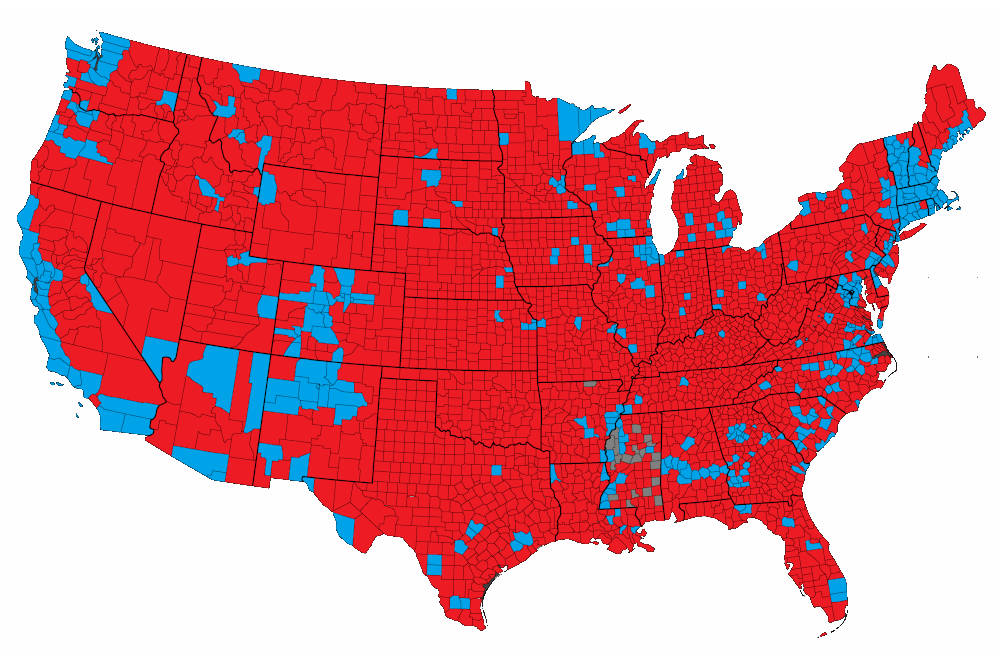
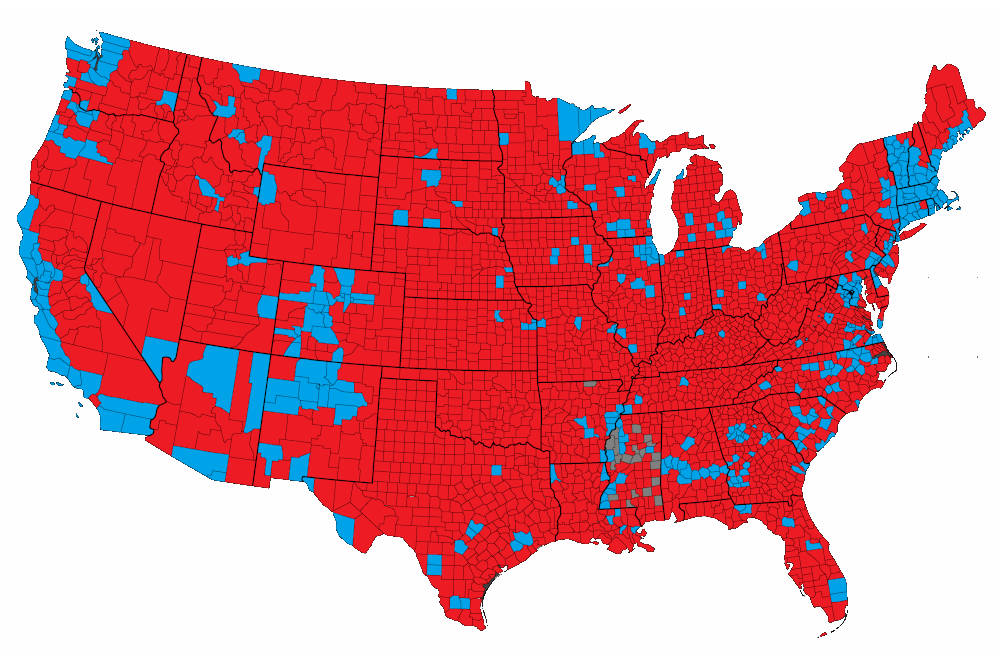



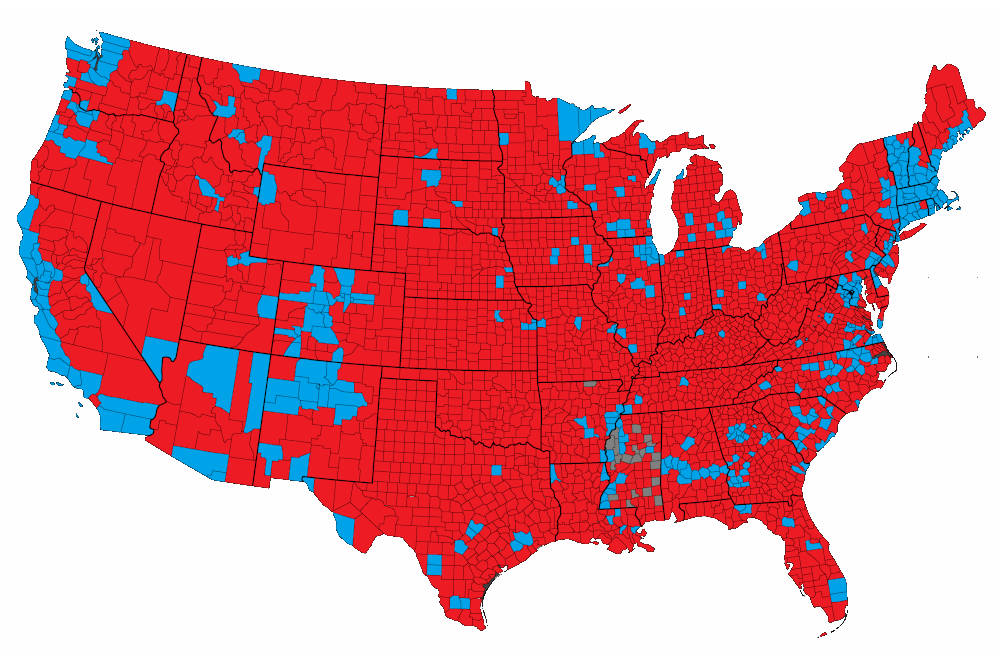


















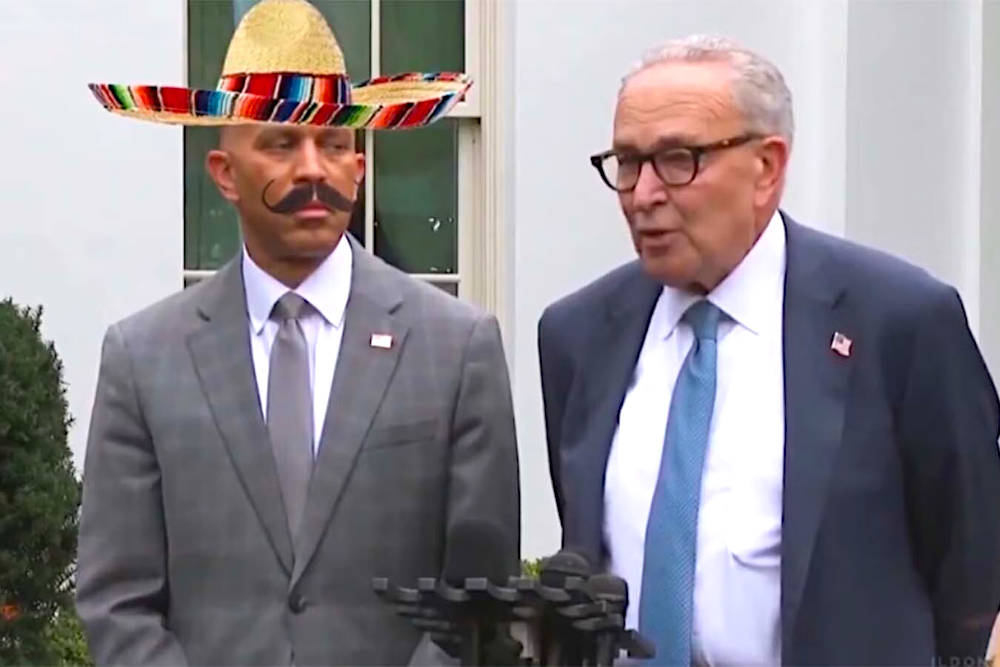


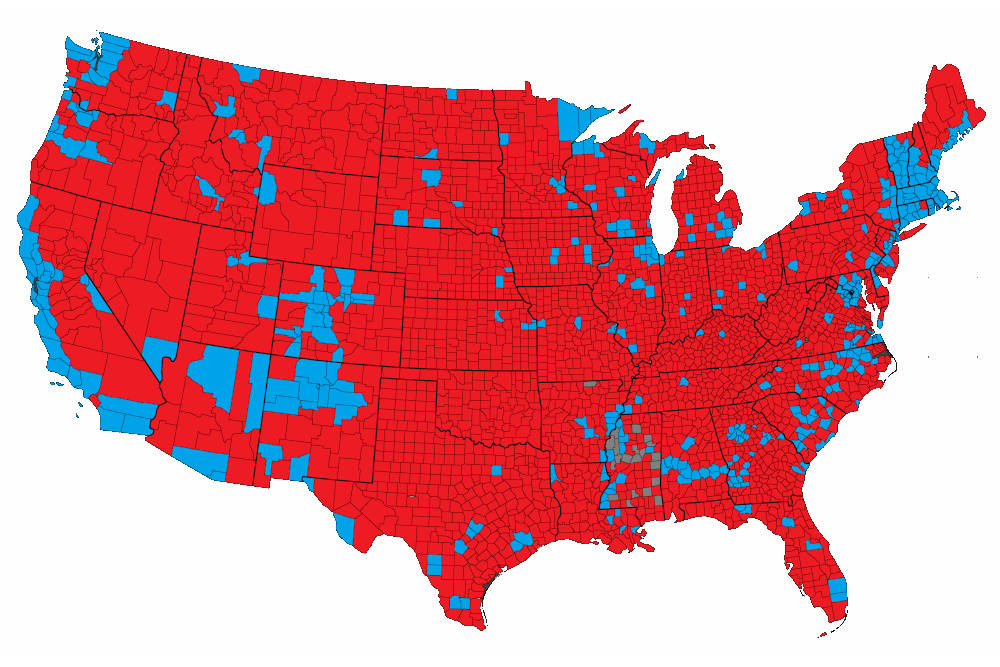
0 comments